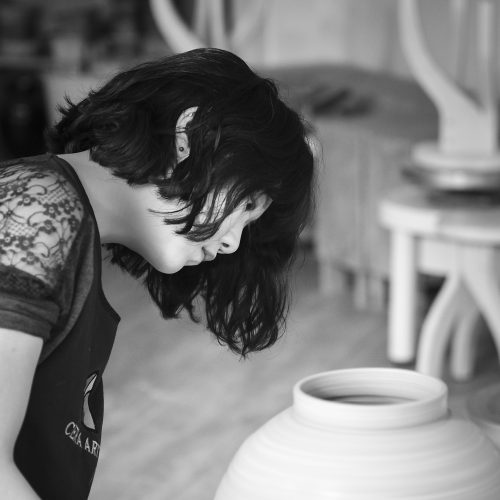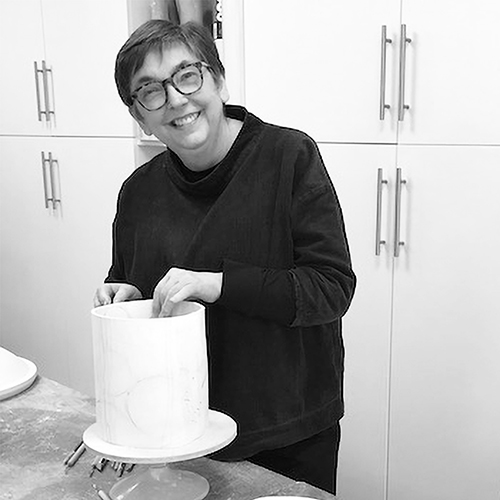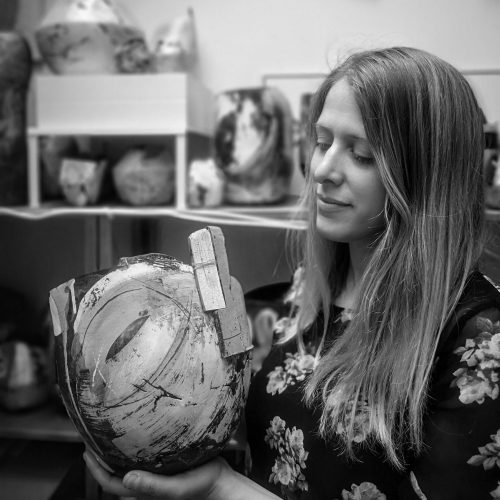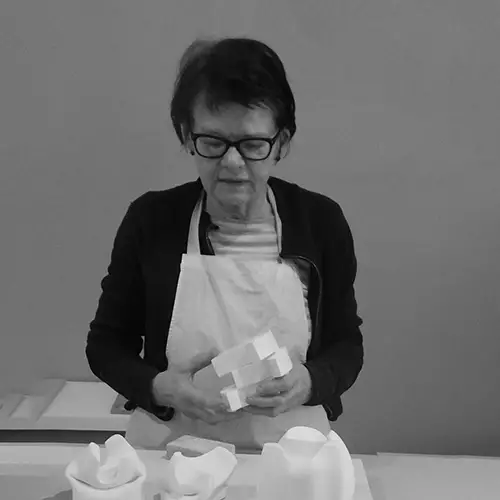We use cookies to help you navigate efficiently and perform certain functions. You will find detailed information about all cookies under each consent category below.
The cookies that are categorized as "Necessary" are stored on your browser as they are essential for enabling the basic functionalities of the site. ...
Necessary cookies are required to enable the basic features of this site, such as providing secure log-in or adjusting your consent preferences. These cookies do not store any personally identifiable data.
Functional cookies help perform certain functionalities like sharing the content of the website on social media platforms, collecting feedback, and other third-party features.
Analytical cookies are used to understand how visitors interact with the website. These cookies help provide information on metrics such as the number of visitors, bounce rate, traffic source, etc.
Performance cookies are used to understand and analyze the key performance indexes of the website which helps in delivering a better user experience for the visitors.
Advertisement cookies are used to provide visitors with customized advertisements based on the pages you visited previously and to analyze the effectiveness of the ad campaigns.

















Kay Aplin creates ceramic installations that respond to place. Themes recur through observing detail and pattern within nature and architecture. Kay is inspired by the spectacular and strives to achieve a sense of exuberance through colour, texture and scale.
Mark Dally initially trained in textile design and now applies his love of surface pattern to ceramics. Inspired by 17th Century Staffordshire slipware as well as mid-century Stoke-on-Trent mass production designs, Mark makes black and white wares using both traditional craft and modern industrial techniques.
Toni De Jesus is fascinated with duality and juxtaposition. His porcelain and terracotta vessels occupy the space between function and non-function, tradition and breaking with tradition, craftsmanship-based art and idea-based art.
Sharon Griffin’s use of playful marks dancing around the features of each of her figures suggests that her ceramic sculptures are living beings rather than still ornaments. Using the clay as an artistic medium Sharon’s work explores wider humanitarian issues including psychology, connectivity and healing.
Gaby Guz has developed her own method of saggar firing which allows her to have more control over the surface decoration. Gaby borrows patterns from mathematics, nature and art as starting points for her designs. Her chosen method of firing produces a sophisticated palette of earthy sienna, ochre and umber.
Jack Hardie has worked with clay since his early 20s and over the decades has absorbed an understanding of ceramic tradition. Drawing upon the full breadth of his experience Jack now produces original and challenging ceramics with the aid of his home-built 3D printer and specially formulated clays.
Juliet Macleod makes wheel-thrown porcelain that imparts an evocative exploration of the Scottish coast. Using a distillation of drawings and photographs made over many years, she creates contemplative pieces which hope to engage the viewer and spark their own memories.
Derek Matthews’ ceramic figures originate from narratives that are either imagined, half remembered, carefully researched or commissioned. His love of whimsy, folk art, religious and tribal art as well as his background as an illustrator all influence the creation of his constructed earthenware figures.
Ulla Mead makes pots that are a playful take on classic container forms, particularly bottles. Many of these shapes have an animated, almost human air about them and many appear to be communicating with each other when placed together in groups.
Rachel Peters makes hand-built vessels and sculptures through methodical and meditative coiling. Influenced by the simplicity and craftsmanship of Danish design Rachel enjoys the harmony of natural soft forms, biomorphic rounded shapes, and calm colour.
SaeRi Seo’s poignant porcelain works often portray partially deconstructed traditional Korean ceramic motifs, with painstakingly hand-crafted flowers incorporated into the ‘wounds’. Her work reflects her own personal journey from oppression in childhood to self-expression as an artist.
Carol Sinclair makes one-off sculptural vessels and installations inspired by people and places, and in response to specific themes or topics. Sustainability is an important aspect of her work and she often incorporates motifs from the natural world into her pieces to stimulate conversations about the environment.
Tarragon Smith admires the propensity of pottery and its traditions to be moved from one place or culture to another, carrying with it commodities, aesthetics, and ideas. He uses decorative motifs such as waves and water as a means of expressing his interest in migrating people. Water has come to remind him of his own emigration from Canada to the UK.
Emily Stubbs explores the relationship between colour, form and line. Her vessels are made, deconstructed and rebuilt, collaging the clay slabs back together to create fragmented forms. Textures, patterns and shapes taken from wallpapers and clothing evoke feelings of nostalgia, while bold colour, strong line and intuitive mark-making tell snippets of a story.
Malory Tate makes one of a kind sculptural vessels inspired by ceramics of the 17th and 18th Century. Reflective of the artistic movements of these time periods, Malory’s work is a contemporary interpretation of objects that focus on extravagance and specificity. More often than not, Malory pieces are designed to hold flowers. Either to create a unique display in a grand arrangement or a piece to highlight a single bloom.
Angela Verdon makes enclosed abstract sculptural forms from cast bone china and porcelain, investigating organic contours, contrasting hard edges and the consequent tension between the two.
Sarah Villeneau creates abstract sculptural ceramics that defy definition, yet evoke ideas of the body, the land or sea. Highly tactile and often interactive, they may evoke a visceral response which is rewarded by careful viewing.

PRODUCT CODE:AV580Y4

PRODUCT CODE:AV580Y8

PRODUCT CODE:AV580Y6

PRODUCT CODE:AV580Y7

PRODUCT CODE:AV580Y5

PRODUCT CODE:JM579Y60

PRODUCT CODE:CS581Y53

PRODUCT CODE:CS581Y51

PRODUCT CODE:CS581Y47

PRODUCT CODE:CS581Y46

PRODUCT CODE:CS581Y50

PRODUCT CODE:CS581Y43

PRODUCT CODE:CS581Y48

PRODUCT CODE:CS581Y49

PRODUCT CODE:KA583Y2

PRODUCT CODE:KA583Y5

PRODUCT CODE:KA583Y1

PRODUCT CODE:KA583Y6

PRODUCT CODE:KA583Y3

PRODUCT CODE:KA583Y4

PRODUCT CODE:KA583Y7

PRODUCT CODE:SS592Y3

PRODUCT CODE:SS592Y1

PRODUCT CODE:SS592Y2

PRODUCT CODE:TD585Y6

PRODUCT CODE:TD585Y2

PRODUCT CODE:TD585Y3

PRODUCT CODE:TD585Y1

PRODUCT CODE:TD585Y4

PRODUCT CODE:TD585Y5

PRODUCT CODE:SG586Y2

PRODUCT CODE:SG586Y3

PRODUCT CODE:SG586Y1

PRODUCT CODE:GG587Y5

PRODUCT CODE:GG587Y2

PRODUCT CODE:GG587Y9

PRODUCT CODE:GG587Y3

PRODUCT CODE:GG587Y1

PRODUCT CODE:GG587Y8

PRODUCT CODE:GG587Y4

PRODUCT CODE:GG587Y12

PRODUCT CODE:DM589Y6

PRODUCT CODE:DM589Y5

PRODUCT CODE:UM590Y3

PRODUCT CODE:RP591Y2

PRODUCT CODE:RP591Y3

PRODUCT CODE:RP591Y5

PRODUCT CODE:RP591Y1

PRODUCT CODE:TS593Y13

PRODUCT CODE:TS593Y3

PRODUCT CODE:TS593Y4

PRODUCT CODE:TS593Y9

PRODUCT CODE:TS593Y2

PRODUCT CODE:TS593Y1

PRODUCT CODE:MT594Y1

PRODUCT CODE:MT594Y5

PRODUCT CODE:MT594Y2

PRODUCT CODE:MT594Y3

PRODUCT CODE:MT594Y6

PRODUCT CODE:MT594Y4

“The work has a strong tactile quality, as does the natural world. I don't wish to imitate nature but aspire to echo the process of nature.”

“Everything created, either functional or decorative, has equal importance,
and the integrity of this thought is the driving force behind my daily practice as
a potter.”

The driving force behind all of Paul Jackson’s
highly decorated work is a desire to express
his Cornish surroundings, with their strong
sense of colour and style. Paul uses white
earthenware to form energetic vessels
which are then decorated with colourful
and painterly abstract decorative motifs,
some influenced by Russian or Islamic art.
Richard Phethean makes ceramics
using coarse textured red and black
earthenware clays referencing
ancient pottery as well as European
slipware traditions. Richard utilises
brush and resist techniques to create
cubist‑inspired abstractions that adorn
both his domestic vessels and altered
and assembled forms.